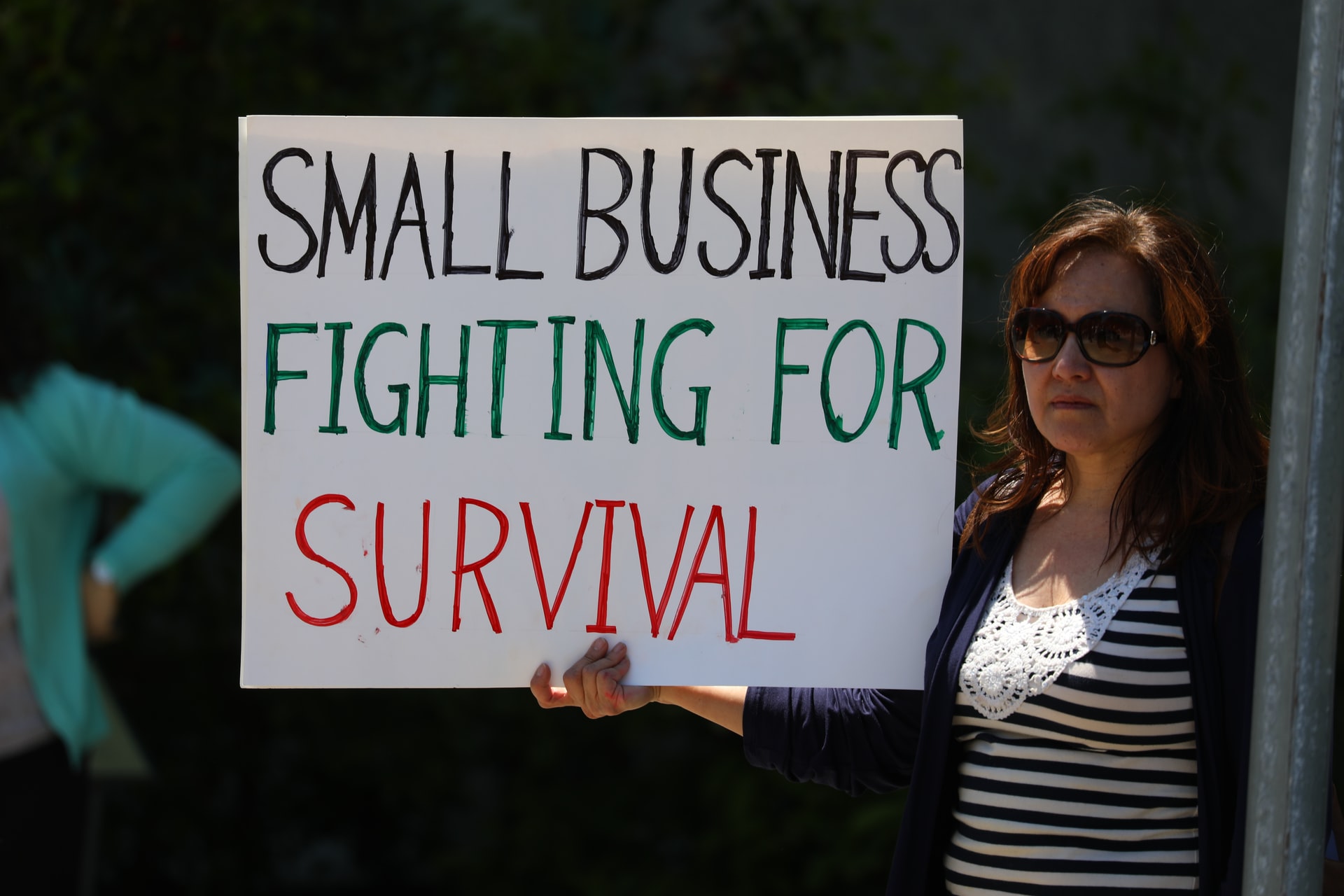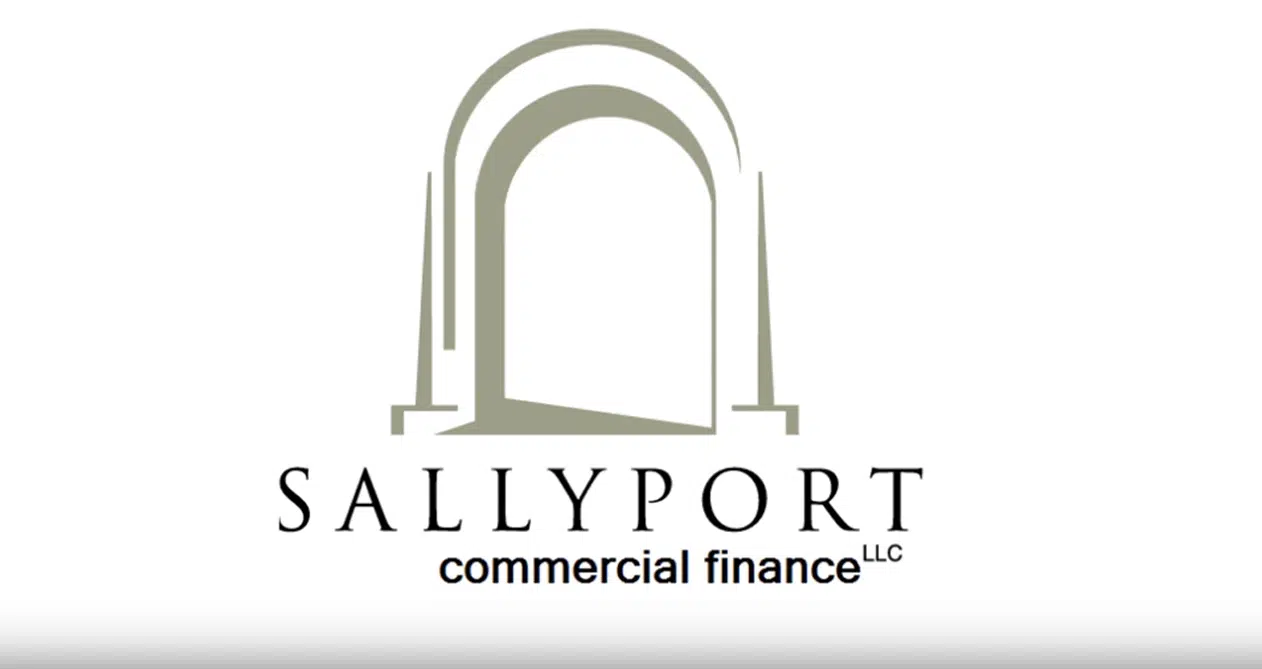Articles & Videos
New Year, New Risks for Small Business

As the world faces the news of a new strain of the COVID-19 pandemic and a potential fourth ‘wave’ of infection to top off 2021, what will this mean for small businesses and the risks they face heading into 2022?
A Pivotal Year for Small Business Prosperity
Uncertainty has been the buzz-word of economic stories since March 2020 and whilst we’re all quite frankly, over it; business owners just can’t escape the precariousness of the ongoing climate, nor can they ignore what may be coming in terms of new and emerging threats.
Since we broached the biggest risks to business back in February 2021, we’ve witnessed the fully vaccinated percentage of population grow from 1.4% to over 75.5% in Canada and from approximately 10% to over 59% in the US. At any other time, these vaccination numbers might have signaled a return to normality but the situation remains as complex and changeable as the pandemic itself. Much has changed in just under a year and lots may change over the course of 2022 to hinder small business’ recovery. The big risk we’re seeing is with regards to inflation; caused by the pandemic and pandemic response, this is a worry to keep business owners awake at night.
Inflation and Interest Rate Hikes
We know inflation is at an all-time high in the US and Canada after governments poured so much money into the economy to support businesses and individuals through the worst of the pandemic. High consumer demand as restrictions were lifted, soaring house and food prices and supply and labor shortages have incited prices steadily higher over the year.
What we had hoped is that higher than normal inflation was a transitory effect and would normalize in time; the big concern for businesses now is that this normalization does not appear to be happening and this week, the chair of the Federal Reserve warned that earlier action to increase increase rates may be required to tame inflation. As inflationary pressure persists, the Bank of Canada expects the first interest rate hikes to begin happening in Q2 or Q3 of 2022. The level of inflation we’re seeing across North America and the expected rise in interest rates are unwelcome news for small businesses as it signals that it’s about to get a whole lot more expensive to operate.
Higher inflation could mean;
- Paying more for raw materials and for shipping those products;
- Labor costs get ever-higher;
- Indirect costs of operation such as insurances, rent, utilities and office sundries get more expensive;
- Your customers may also be dialing back on their purchases which results in reduced revenue.
It goes without saying that the more revenue you can drive now, the better position you’ll be in heading into a downturn and on a positive note, interest rate increases mean the cost of exporting gets cheaper so it may be an ideal time to revisit your goals for international trade.
When interest rates do begin to escalate, so does the cost of borrowing creep up as the rates charged on loans and other financial products increase so that lenders can still make a return. This is an alarming prospect for business owners, most of whom have now had federal support cut and have to repay or qualify for forgiveness on the loans they received.
It’s vital that businesses act now to protect themselves both in terms of rising inflation and planning ahead to avoid higher lending costs. If you think that you might need additional financial support in the first quarter of 2022, now is the time to secure it while it’s still relatively easy to do so.
Drill Down on Growth and Financial Strategy
Financial strategy going into the new year will be different for each business but faced with a recession, all businesses should be trying to pay down high-interest debt such as credit cards and building a cash reserve to carry into more difficult trading conditions.
A cash reserve of a month or more can help you to cover expenses for a little while when times get tough although having that cash put aside for a rainy day means that it’s not accessible when you want to capitalize on opportunities for expansion.
Depending on the organization and it’s specific goals, it might be pertinent to reduce the size of the cash reserve and instead combine it with a flexible form of financing that improves liquidity whilst still allowing the cash to invest in growth opportunities. Both a business line of credit and accounts receivable financing can be utilized as flexible ways for small businesses to manage working capital.
Planning for a Successful 2022
All the threats from early 2021 linger into the new year and some could be further exacerbated with a fourth wave of COVID. We won’t know how damaging the impact might be on small businesses, or the likelihood of a worst-case scenario and new lockdown measures for a number of weeks as scientists work quickly to determine the severity and transmissibility of the new strain, as well as how well existing vaccinations might stand up to it.
Small business owners should take a pragmatic approach and prepare for the start of a new year by getting ready for a recession – this isn’t a negative viewpoint, rather, it will best position them for a fighting chance in the event of further restrictions and increased costs. A few practical steps can be taken now…
- Scrutinize and minimize all overheads and direct costs;
- Before cash flow is crunched to the point of no return, think about how you might diversify or adapt products and services to fulfill the needs of those whose lifestyle won’t be affected during a downturn or conversely, look to add a less expensive, stripped-down version of your offering;
- Manage your customer credit and collections strictly and if you haven’t got processes in place, do it now. Extended payment terms should only be extended to the most trustworthy and creditworthy clients and try to transition ‘problem’ clients to payment on order.
After the hardships of the past couple of years, It would be understandable for business owners to look at the outlook and throw in the towel, the struggle however will be a key part of the success story for those that persevere.
Reach out to Sallyport for guidance in navigating the new year with a sound financial strategy and inquire about financing options before funding becomes harder to access.
Search
News
$1M Funding Fuels Agri-Business Growth Across Borders
Sallyport is pleased to announce a new partnership with a Canadian agriculture business, providing a $1,000,000 Accounts Receivable facility to…
Read MoreFueling EdTech Growth with $5.5M in Tailored Financing
Sallyport is excited to support a forward-thinking education technology company with a $5.5M combined Asset-Based Lending facility, including Accounts Receivable…
Read MoreArticles
5 Growth Stages of Business and How to Finance Them
It doesn’t matter whether you’re in manufacturing or staffing, have one or fifty employees; the growth stages of business look…
Read MoreApparel Purchase Order Financing – Perfectly Coordinated Funding
The apparel industry has many nuances, cash flow constraints being one of the most significant and challenging. Long delays between…
Read MoreVideos



